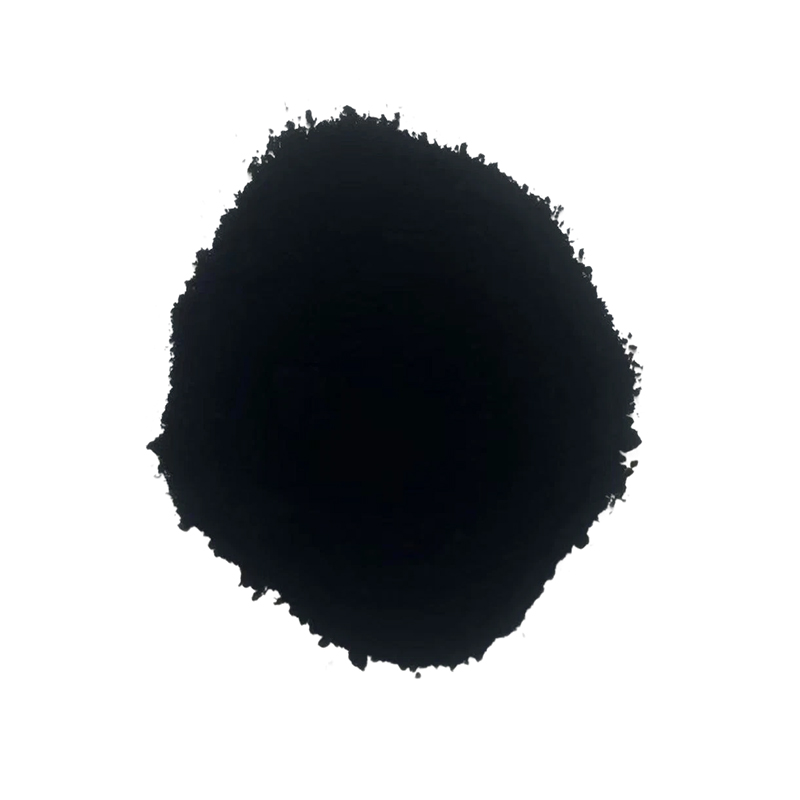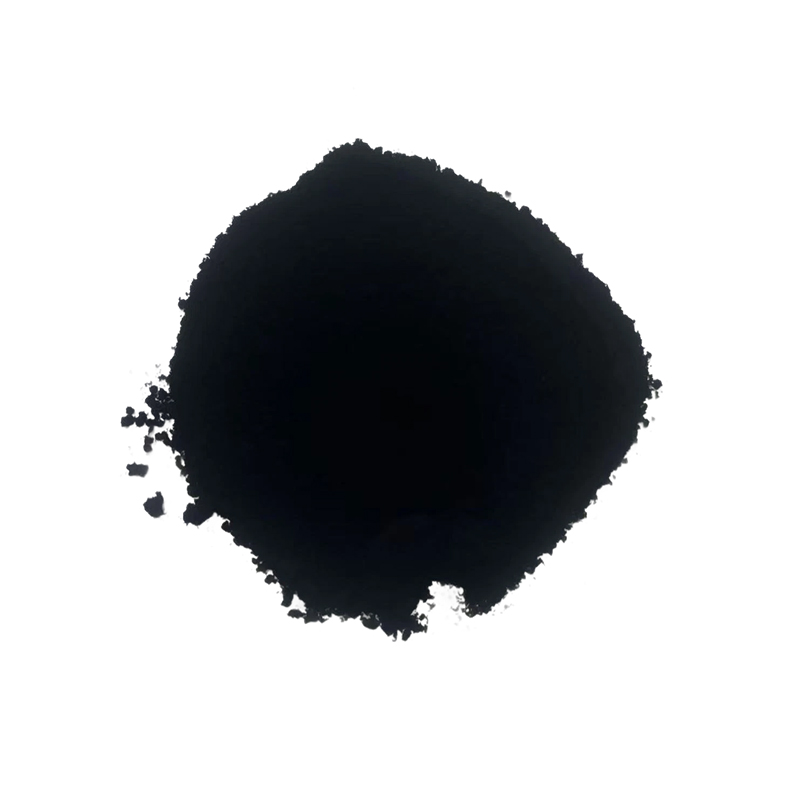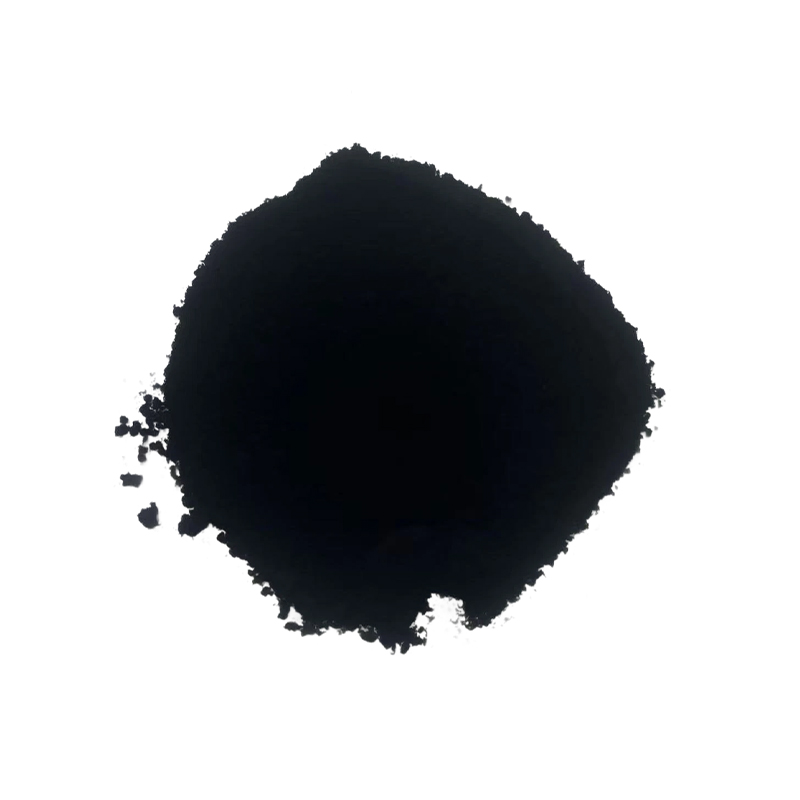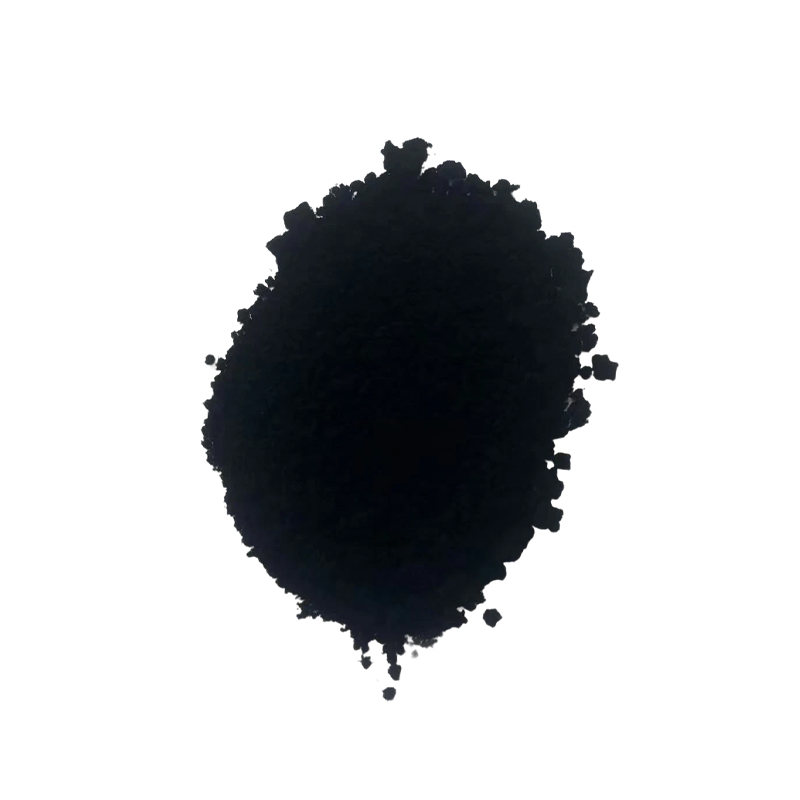How to precisely match the processing route for array tubes based on customer-provided performance parameters?
Release Time : 2025-09-30
The potential of array tubes lies in their microstructure, but realizing their full performance depends heavily on every step of the processing route from initial growth to final application. Different applications have vastly different material requirements: battery conductive additives need high purity and good dispersibility, electronic devices rely on uniformly oriented vertical arrays, and composites prioritize aspect ratio and interfacial bonding strength. Therefore, simple standardized processing cannot meet high-end demands; only by tailoring the processing route to specific performance parameters can the unique value of array tubes be truly unlocked.
The first step in precisely matching the processing route is to deeply understand the customer's technical requirements. This goes beyond simply receiving a list of parameters; it involves a comprehensive analysis of the material's application scenario, target performance, and system integration method. For example, when a customer specifies high conductivity, the processor needs to clarify whether it's for electrode coating, conductive path filling, or electromagnetic shielding—different applications have vastly different requirements for array tube length, defect density, metal content, and dispersion medium. Clearly defining the material's function in the final product through technical communication is essential for developing an effective processing scheme.
Based on this understanding, the processing route is then designed around the material's key attributes. If structural integrity is paramount, the process must avoid harsh acid oxidation or high-shear forces, employing gentle purification and dispersion techniques to maximize the array tube's aspect ratio and lattice integrity. For uniform dispersion, suitable surface functionalization methods must be chosen based on the application system (aqueous, oil-based, polymer matrix), using covalent or non-covalent modification to enhance compatibility and prevent agglomeration. For applications requiring specific orientation, such as field emission devices, the process must preserve or reconstruct the vertical array structure, avoiding disruption of the ordered arrangement during transfer or film formation.
Every step of the processing flow needs dynamic adjustment. From the method of separating the original array to the degree of catalyst residue removal, from solvent selection to temperature control during drying, each step affects the final product performance. For example, excessively high drying temperatures can cause tube agglomeration, while slow filtration rates impact production efficiency. Therefore, process design is not just about technology selection; it's about balancing performance, efficiency, and cost to find the optimal solution. Pilot testing is a crucial step in process optimization. Before full-scale production, small-batch trials are conducted to validate the feasibility of the process flow and ensure that key parameters meet specifications. This process allows for the practical evaluation of performance characteristics such as dispersion uniformity, conductive network formation, and thermal stability, enabling fine-tuning of process parameters based on feedback. This iterative optimization ensures a smooth transition from laboratory to production, preventing material failure due to process deviations.
Furthermore, the technical expertise and experience of the processing team are essential. The behavior of array tubes often does not follow linear patterns, and their performance is influenced by multiple, interacting factors. An experienced team can identify potential risks, anticipate the cascading effects of process changes, and propose more proactive solutions.
Ultimately, precisely matching the processing flow is an "end-to-start" engineering approach. It starts not with existing equipment, but with customer needs, building a customized technology chain. When each array tube is arranged, connected, and functions precisely as designed, this highly customized processing is no longer merely material handling, but a precise navigation path to high-performance products.
The first step in precisely matching the processing route is to deeply understand the customer's technical requirements. This goes beyond simply receiving a list of parameters; it involves a comprehensive analysis of the material's application scenario, target performance, and system integration method. For example, when a customer specifies high conductivity, the processor needs to clarify whether it's for electrode coating, conductive path filling, or electromagnetic shielding—different applications have vastly different requirements for array tube length, defect density, metal content, and dispersion medium. Clearly defining the material's function in the final product through technical communication is essential for developing an effective processing scheme.
Based on this understanding, the processing route is then designed around the material's key attributes. If structural integrity is paramount, the process must avoid harsh acid oxidation or high-shear forces, employing gentle purification and dispersion techniques to maximize the array tube's aspect ratio and lattice integrity. For uniform dispersion, suitable surface functionalization methods must be chosen based on the application system (aqueous, oil-based, polymer matrix), using covalent or non-covalent modification to enhance compatibility and prevent agglomeration. For applications requiring specific orientation, such as field emission devices, the process must preserve or reconstruct the vertical array structure, avoiding disruption of the ordered arrangement during transfer or film formation.
Every step of the processing flow needs dynamic adjustment. From the method of separating the original array to the degree of catalyst residue removal, from solvent selection to temperature control during drying, each step affects the final product performance. For example, excessively high drying temperatures can cause tube agglomeration, while slow filtration rates impact production efficiency. Therefore, process design is not just about technology selection; it's about balancing performance, efficiency, and cost to find the optimal solution. Pilot testing is a crucial step in process optimization. Before full-scale production, small-batch trials are conducted to validate the feasibility of the process flow and ensure that key parameters meet specifications. This process allows for the practical evaluation of performance characteristics such as dispersion uniformity, conductive network formation, and thermal stability, enabling fine-tuning of process parameters based on feedback. This iterative optimization ensures a smooth transition from laboratory to production, preventing material failure due to process deviations.
Furthermore, the technical expertise and experience of the processing team are essential. The behavior of array tubes often does not follow linear patterns, and their performance is influenced by multiple, interacting factors. An experienced team can identify potential risks, anticipate the cascading effects of process changes, and propose more proactive solutions.
Ultimately, precisely matching the processing flow is an "end-to-start" engineering approach. It starts not with existing equipment, but with customer needs, building a customized technology chain. When each array tube is arranged, connected, and functions precisely as designed, this highly customized processing is no longer merely material handling, but a precise navigation path to high-performance products.







